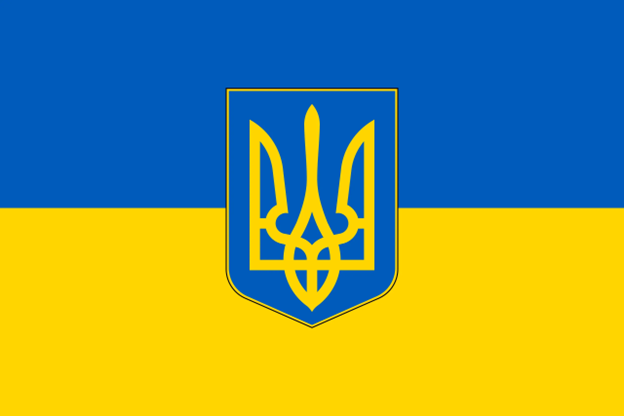Ukraine's Struggle for Sovereignty
Ukraine emerged as an independent nation following the collapse of the Soviet Union in 1991. In the wake of independence, Ukraine inherited a vast nuclear arsenal—one of the largest in the world. Recognizing the global imperative of nuclear non-proliferation and trusting in international security assurances, Ukraine agreed to dismantle its arsenal under the Budapest Memorandum of 1994. In return, Russia, the United States, and the United Kingdom pledged to respect its sovereignty and territorial integrity.
However, the promise encapsulated in the memorandum faced severe tests over time. The political transformation in Ukraine, notably the 2014 Revolution of Dignity, pushed Ukraine further towards Western integration. That same year, Russia violated these commitments by annexing Crimea and supporting separatists in eastern Ukraine's Donbas region, igniting a conflict that has persisted since. In February 2022, the conflict escalated dramatically when Russia launched a full-scale invasion, plunging the region into a humanitarian and military crisis.
The ongoing war raises significant questions about the effectiveness of the security guarantees once made. While the United States and its allies continue to stand by Ukraine through diplomatic and material support, Russia’s actions have undermined the assurances provided decades ago. Through these dramatic shifts, Ukraine’s struggle has become emblematic of a broader contest over values such as sovereignty, democracy, and the right to self-determination.
This history forms the backdrop of today’s conflict—a nation that once chose disarmament in pursuit of peace is now fighting for its very existence, its people, and the enduring promise of international support against aggression.
